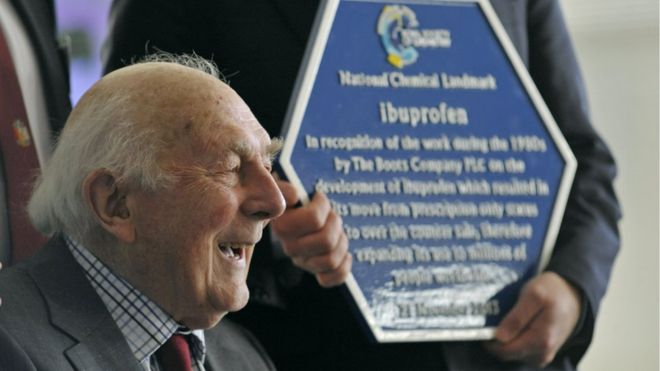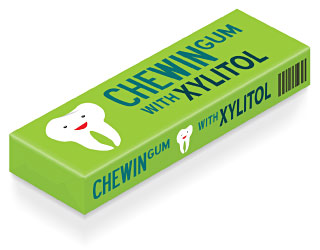Below is a reproduction of Inside Dentistry article regarding the recent study published by Nature magazine that had studied the possibility of transmission of certain proteins that may contribute to Alzheimer's disease (AD). As you will find below, there is no data that shows that dentistry poses a risk for AD. In fact, "dentistry may play an important role in reducing the risk" of AD.
Please always be mindful when reading studies and articles pertaining to your health. It is important to bring any of your questions up to your health provider to get more details of the strenghts and/or weaknesses of a study. Thank you!
Please always be mindful when reading studies and articles pertaining to your health. It is important to bring any of your questions up to your health provider to get more details of the strenghts and/or weaknesses of a study. Thank you!
Until next time,
Dr. Lynda Tran
AGD Cautions Readers About Articles Concerning Alzheimer’s Study
CHICAGO (Sept. 16, 2015)—The Academy of General Dentistry (AGD) cautions readers about news articles on recent scientific findings concerning proteins that contribute to Alzheimer’s disease.
In its Sept. 10, 2015, issue, Nature published a study that indicates the inconclusive possibility of human -to-human transmission of certain proteins that contribute to Alzheimer’s disease. Some news articles have suggested that these proteins may be transmitted through the use of surgical instruments during certain dental procedures. However, this is not what the study, published in Nature, states.
“Our current data has no bearing on dental surgery and certainly does not argue that dentistry poses a risk of Alzheimer’s disease,” study author and University College London Neurology Professor John Collinge stated in a press release from the American Association of Endodontists.
“The study does not claim that dental treatment causes Alzheimer’s disease,” says AGD President W. Mark Donald, DMD, MAGD. “On the contrary, previous research has shown that dentistry may play an important role in reducing the risk of Alzheimer’s disease, not causing it.”
Indeed, studies have suggested a link between poor oral health and risk of Alzheimer’s disease. Re- search published over the past decade in Alzheimer’s & Dementia, CNS & Neurological Disorders– Drug Targets, and the Journal of Alzheimer’s Disease identify possible links between periodontal dis- ease and Alzheimer’s, and opportunities to reduce the risk of Alzheimer’s through oral health care.
“The deeper we delve into the research, the more we find relationships between oral health and systemic diseases, and the more we realize that the mouth is truly the gateway to overall health,” says Dr. Donald. “Visiting your dentist twice a year can result in more than healthy teeth and gums. For some patients, going to the dentist can be lifesaving.”
CHICAGO (Sept. 16, 2015)—The Academy of General Dentistry (AGD) cautions readers about news articles on recent scientific findings concerning proteins that contribute to Alzheimer’s disease.
In its Sept. 10, 2015, issue, Nature published a study that indicates the inconclusive possibility of human -to-human transmission of certain proteins that contribute to Alzheimer’s disease. Some news articles have suggested that these proteins may be transmitted through the use of surgical instruments during certain dental procedures. However, this is not what the study, published in Nature, states.
“Our current data has no bearing on dental surgery and certainly does not argue that dentistry poses a risk of Alzheimer’s disease,” study author and University College London Neurology Professor John Collinge stated in a press release from the American Association of Endodontists.
“The study does not claim that dental treatment causes Alzheimer’s disease,” says AGD President W. Mark Donald, DMD, MAGD. “On the contrary, previous research has shown that dentistry may play an important role in reducing the risk of Alzheimer’s disease, not causing it.”
Indeed, studies have suggested a link between poor oral health and risk of Alzheimer’s disease. Re- search published over the past decade in Alzheimer’s & Dementia, CNS & Neurological Disorders– Drug Targets, and the Journal of Alzheimer’s Disease identify possible links between periodontal dis- ease and Alzheimer’s, and opportunities to reduce the risk of Alzheimer’s through oral health care.
“The deeper we delve into the research, the more we find relationships between oral health and systemic diseases, and the more we realize that the mouth is truly the gateway to overall health,” says Dr. Donald. “Visiting your dentist twice a year can result in more than healthy teeth and gums. For some patients, going to the dentist can be lifesaving.”




















